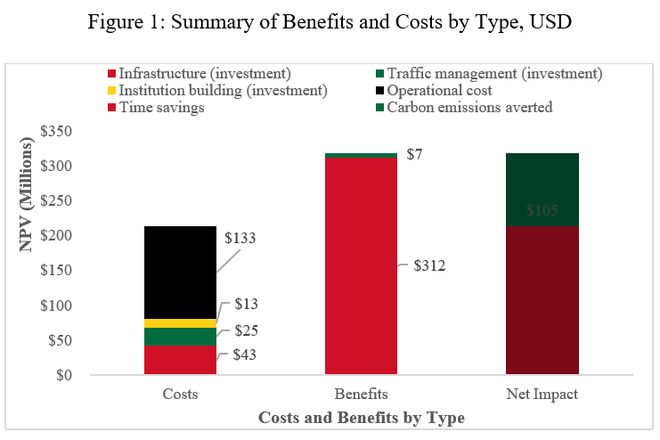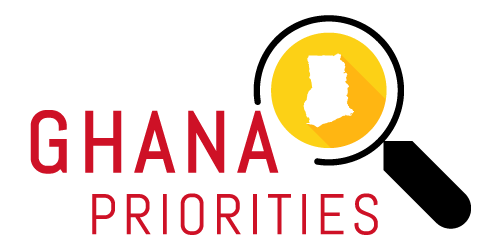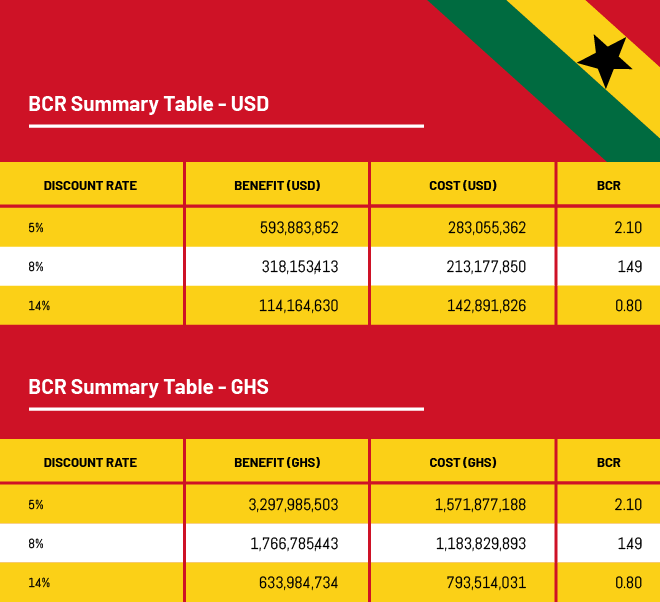Ghana Priorities: Urban Transportation (BRT)
Technical Report
The Problem
Accra is a growing city with increasing congestion and longer commute times. The city has experienced an average growth rate of 2% over the past ten years and is expected to continue growing from its current population of around 2.4 million. In the past few years, owning and operating a vehicle has become more affordable to a larger portion of Ghana’s population. In Accra, this has increased the number of vehicles leading to higher levels of congestion. The city has also experienced significant urban sprawl and people have continued to move further from the central business district (CBD). As a result, people must commute longer distances as the CBD accounts for the main source of Accra’s economic activity (Brookins 2019). In addition to creating large time costs and reduced safety for travelers, these factors have had an adverse impact on the environment.
Due to rapid population growth and the struggle to update urban planning to accommodate traffic volumes, most of Accra’s population is served by the informal transport sector, which consists mainly of mini-buses, often referred to as tro-tros. Tro-tros are often older vehicles and it is customary for riders to fill them past capacity. The market remains mostly unregulated and creates safety risks, damages the environment, and contributes to congestion. Approximately 70% of the population use the informal system as their means of transport due to its flexibility and low cost. Tro-tros are a low-cost option for people to travel and have flexible routes that adjust according to demand. The second choice for transport is privately owned vehicles, which increases congestion and carbon emissions. Investments towards improving Accra’s public transport have been made, but further solutions are needed in order to solve the issues caused by the higher volumes of traffic.
In order to reduce congestion, increase safety, and reduce emissions, there must be a change in the state of urban transport. This paper will investigate possible solutions to improve urban transport in Accra. Possible solutions include investment in infrastructure, urban planning, and a public transport system. This paper will highlight the costs and benefits of investing in a public transport system. This paper will also identify possible solutions that could improve the public transport system and identify alternative transport solutions if public transport is financially unsustainable. Although the costs and benefits of these alternative solutions have not been calculated due to lack of data, they should be considered before project implementation. This will enable the city to optimally incorporate urban planning and infrastructure improvements into the design of a new public transport system.
The Cost of the Traffic in Accra
While traffic congestion currently creates a large time cost, it also represents a large potential benefit if travelling times can be reduced. To calculate this time cost, we assume that the average daily distance travelled is 27 kilometers (km) (UNEP 2016). The World Bank Implementation and Completion Results Report (ICR 2017) found that average traffic speed on the main arterial roads of Accra is 28 km per hour. This results in an average commute time of 58 minutes every day. The value of a project that can increase traffic speed to a flow rate of 36 km per hour and creates an estimated present value of $311,630,758 USD (GHS 1.73 billion) over 30 years with an 8% discount rate. Although the speed of Accra’s traffic is limited by many factors, it can be improved. We will investigate factors causing this congestion and comment on how these might be improved to increase the flow of traffic and reduce the time costs associated with traffic. Another cost of Accra’s transport system is attributed to a lack of safety. According to the Pedestrian Safety Action Plan for the Accra Metropolitan Assembly, the average annual number of accidents is near the average for African cities (AMA 2019). However, the number of accidents causing fatalities and injuries affecting pedestrians is much higher than most other African cities, and it has some of the most dangerous streets in the world for pedestrians (AMA 2019). Increasing the safety of pedestrians would benefit the large proportion of the population who either commute by walking or walk to access public transport. A project that could improve safety would have large potential benefits in terms of injuries and fatalities avoided.
Intervention 1: Bus Rapid Transport System
Overview
The project being analyzed will include investment in infrastructure for a BRT system, traffic management in order to support the system, and institutional strengthening to coordinate all the ministries involved in the planning, management, and monitoring of the BRT system. Investing in this project would have benefits including decreased time savings, increased safety for all road users, and reduced vehicle operation costs.
The World Bank and the Government of Ghana have made investments to improve the infrastructure in Accra and create institutions to support a public transport system. Since 2016, buses have been purchased for Accra’s bus system. By adding the additional components that make a BRT, including the construction and enforcement of a separate bus lane and institutional strengthening to support the BRT, buses can avoid being stuck in congestion with the rest of traffic, making it a more attractive choice for passengers.
Implementation Considerations
This analysis is performed on one possible solution to address Accra’s urban transport issues. While the goal of this report is to highlight the costs and benefits of implementing a bus rapid transport system there are many other solutions and considerations policymakers should evaluate apart from a BRT. Assessing the most cost-effective solution would require more data than the authors had available at the time of writing this report.
To conduct this analysis, updated data on traffic flow, vehicle operational costs, use of the tro-tro system, and pedestrian traffic should be collected and analyzed. This would allow project implementers to improve traffic management such as optimizing turning lanes for buses, coordinating the public transport services to include complementary bus routes and tro-tros as a feeder system to the BRT, and implement required infrastructure improvements. This would also allow for a more complete analysis of the benefits of the project.
Costs and Benefits
Costs
The costs associated with this project include investment and operational cost of the BRT system. The value of the investment and operational costs are presented below in Table 1, assuming an 8% discount rate. The investment and operational costs are presented Table 1 below. This is looking at an investment period of 4 years and operational period of 30 years.

Benefits
The benefits included in the cost benefit model are time savings from reduced congestion and reduced carbon emissions from decreased vehicle operation costs in Accra. Another potential benefit of the BRT system is increased safety. Although this benefit was not quantified in the model, it will be further discussed in the analysis. The benefits for the BRT are presented in the Table 2 below. These figures are based on an operational period of 30 years. We assume that time is valued at the rate of urban hourly wages and that carbon is valued in the first year (2020) at 29.9 USD and that the value of carbon emissions will grow by 2% each year.

BCR Summary Tables and Graph
Benefit-Cost Ratio
The following tables provide summaries of the BCR for the proposed project with the frist presented in U.S. dollars and second presented in Ghanaian Cedi. Although the BCR is greater than 1.0 at both a 5% and 8% discount rate, it is less than 1.0 when the discount rate is increased to 14%. The quality of evidence for each of the discount rates is rated as “Medium”. Similarly, Figure 1 provides a visual representation of the costs and benefits by type.



